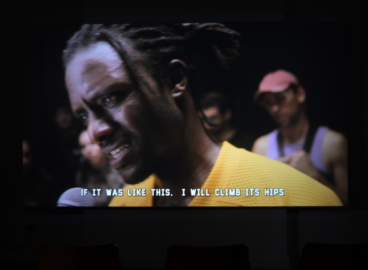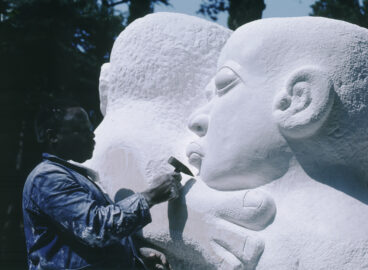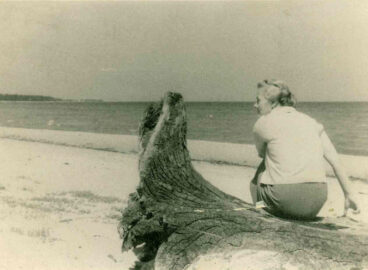In this three-part video, David Platzker, Curator in the Department of Drawings and Prints, interviews artist and publisher Igor Shelkovsky in his Moscow studio during the C-MAP Central and Eastern European group trip in June 2015.
Before Shelkovsky immigrated to France in 1976, he was active in unofficial circles in Moscow, associated with artists such as Ilya Kabakov and Alexander Kosolapov. They were united in their rejection of Socialist Realism, the official style of art in the Soviet Union. From Paris in 1979, Shelkovsky launched A-YA (a-Я), the first magazine dedicated to Soviet—primarily Russian—unofficial art, which reproduced artworks and gave rise to a new generation of critics, including Boris Groys. With help from contacts in Moscow and New York, Shelkovsky published eight issues in Russian, French, and English between 1979 and 1988. While the magazine was monitored by the KGB or secret police, it was an invaluable resource for artists. This interview describes how the publication was produced, the risks undertaken, and the effects of A-YA on Soviet unofficial art.


